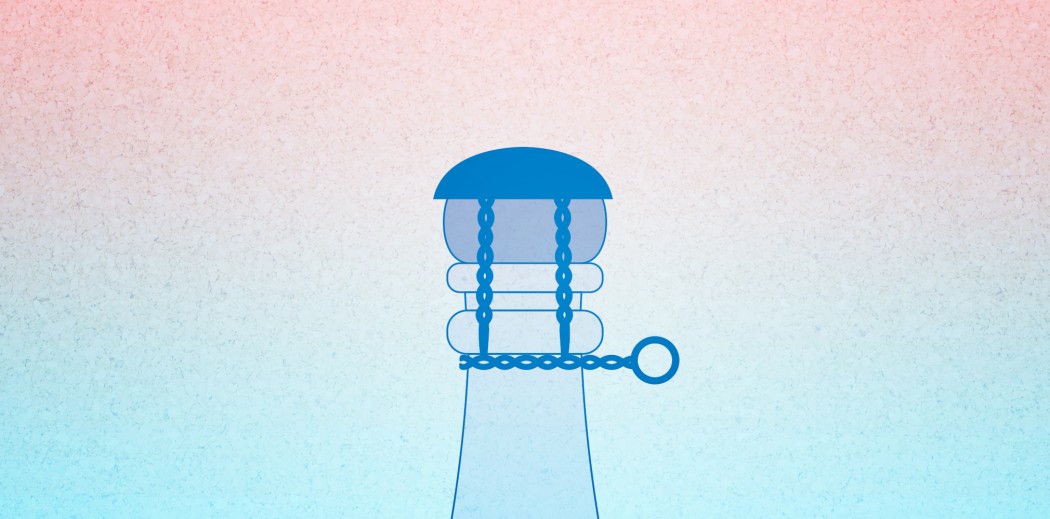The Champagne cork is a simple object with a fascinating history. The cork seems different, but is actually very similar, if not identical, to the corks used for still wine. The bark from cork trees has been used to stopper bottles since the Roman times and is still being used today.
While some believe that Dom Pérignon is the father of both Champagne and the Champagne cork, others have contested these accreditations. Either way, this is what we know about the Champagne cork.
Part of the reason Champagne was so disliked back in the day was its volatility — it was even nicknamed the devil’s wine because it was so combustible, Champagne workers would wear masks to protect their faces from corks and glass fragments. Something had to change, and so came the wine bottle attached with twine to anchor down the cork.
Although centuries have passed, and technology is far more advanced, the concept behind safely bottling Champagne has not changed. Today, we still use thick corks to lock in the carbonation along with a contraption preventing the cork from shooting off, the metal cage on top. The metal cage is crucial, without it, we would be back in the old days wearing Jason masks to protect ourselves from exploding glass bottles.
These corks that lock in the bubbles are no different from the corks used for still wines, even though Champagne corks look like little mushrooms. Turns out, all the carbonation in the Champagne bottle is what causes the cork to shapeshift.
But how does that cork even get in there? Let’s back up. Cork is very malleable and is squished very tightly, smaller than the diameter of the bottle’s neck, and inserted two-thirds of the way into the bottle. The cork expands to fit the neck, trapping in all the bubbly-goodness.
Because there is such a high amount of CO2, the third of the cork sticking out of the bottle absorbs the carbonation and swells into the dome shape we’re familiar with. The rest of the cork sitting in the neck of the bottle maintains its straight form, but as soon as it’s freed, it expands back to its pre-compressed shape. This is why we see a fat cork once we pop open a Champagne bottle.
So, the next time you pop open a bottle of bubbly, even if it’s after reading this, give the cork some love. Notice how it much it changed shape. Thank it for doing its job and for keeping all those bubbles nice and safe for you.









Great post!
Going to Champagne in September! Follow on the blog!
Dom Perignon’s job was to get the bubbles out of the wine. In his days, champagne was drank as a still wine.
Hence, the irony of the most well-known champagne in the world, is named after the guy, whose only job was to get the bubbles out.
Will definitely remember the pains of cork in preserving bubbly wine, whenever I open it in future.